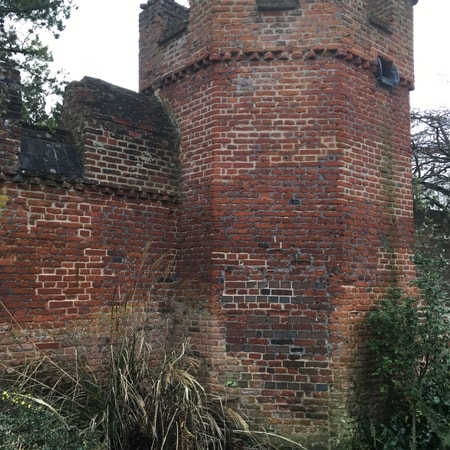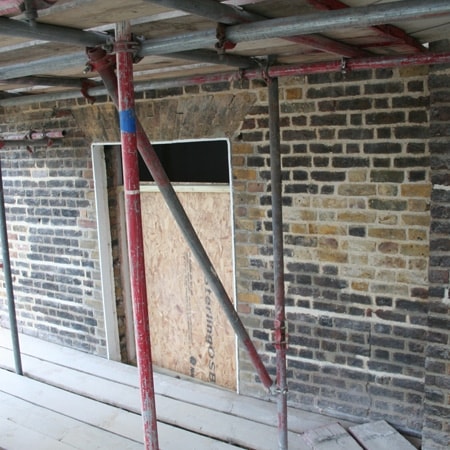Tinting & Conservation
Several factors need consideration before deciding to employ colour adjustments on historic façades. Understanding the building, its particular issues and historical context, is first and foremost. Furthermore, guidance and approval from local or national conservation bodies may need to be sought in some instances.


Most historic buildings display a rich patina that reflects their history and often adds to their beauty. When dealing with particularly notable buildings, it may be more appropriate to allow good quality repairs to remain noticeable rather than fully disguising them into their surroundings as this allows interested onlookers to ‘read’ the building’s history . However at other times, colour adjustments of newer materials can offer a non-invasive solution for dealing with repairs on facades that demand a high degree of perfection.
In principle, new brickwork should be matched to the old and not vice versa. Quite often, ‘toning down’ of newer materials can avert the temptation to over clean and damage historic masonry when attempting to integrate new repairs. Sensitive cleaning followed by isolated toning of newer repairs may offer a better solution. Carefully designed soot washes can be applied in such circumstances but it is worth remembering that this does not provide the same permanence of effect as decades of atmospheric carbonation. We are however able to incorporate traditional soot based pigments into the tinting process and also adjust how permanent the effect is.
Understanding the available options and thoroughly scrutinising the brickwork before deciding an appropriate course of action will always pay dividends. It is generally best to consider the use of colour adjustments holistically, together with other planned works including cleaning, repairs and re‐pointing. Localised issues can often be addressed with minimal disruption by thoughtfully combining these activities in moderate proportions rather than relying on blanket treatments to cure all issues. Furthermore, test panels often play a useful role in informing the decision making process.

A more thorough discussion on the history of colour adjustments to brickwork and its use within the conservation industry today can be found in a paper entitled ‘Enhancing the Colour of English Brickwork’ written by Peter Sloane, director of Brick Image Ltd, and published in the Journal of Architectural Conservation. Contact Taylor & Francis if you wish to order a copy.